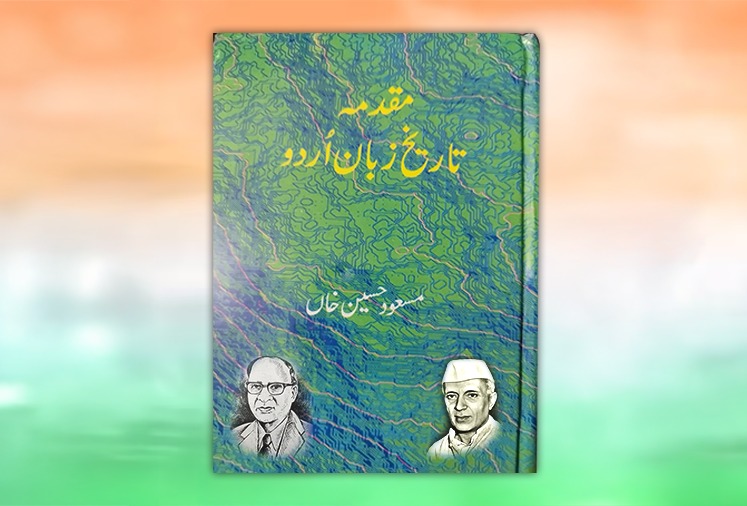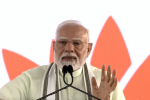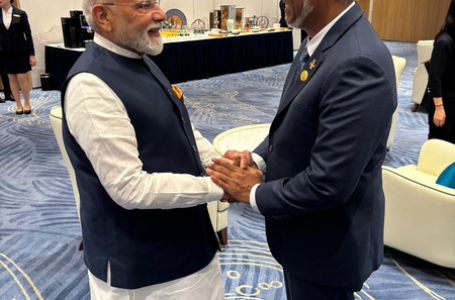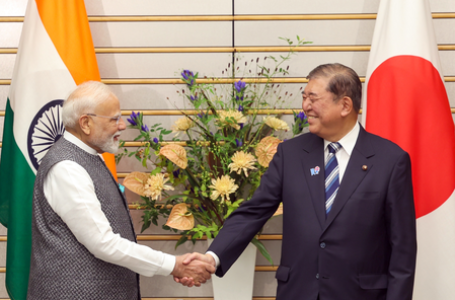
Aligarh: The script of the Urdu language, which is Persio-Arabic, has been a matter of controversy as the linguistic narrowmindedness and politics has linked the language to religion, and consequently there have been voices advocating that the language should should be written in Devnagiri .
Today is the birth anniversary of great linguist Masud Husain, who is credited with lanndmark works on the origin and evolution of Urdu, and who strongly believed that a language once stripped of its script was destined to die, and that Urdu language was born and evolved in India.
Masud Husain found support for his views from India’s first prime minister Jawaharlal Nehru , who in a letter to the great scholar, had favoured use of Hindustani, and also observed that Devnagiri was bound to be popular but he had said that he found no reason for Urdu being written in any other script.
” My own view is that the language we should use should be what is called Hindustani and not difficult Hindi or difficult Urdu.The Devnagri script is bound to be popular, but I see no reason why Urdu script should be given up…” Nehru says in the latter dated November 11, 1948 . This letter is part of the collection of Nehru’s letters in The Prime Ministers Museum and Library housed in Teen Murti campus, New Delhi.
For Masud Husain, Urdu was not a foreign language but it was born in and around Delhi. And he based his claim citing the theories of historical linguistics and ancient sources. He deeply studied the formation of Indo-Aryan languages. According to him, Urdu was influenced by four vernacular dialects, namely Braj Bhasha, Mewati, Haryanvi and Khariboli during its long formative stages, with Haryanvi and Khariboli having greater influence.
Husain’s great work ‘Muqaddama-e-tareekh-e-zaban-e-Urdu’, describes in detail the history of Urdu’s origin and evolution over the centuries. This book was his dessertation for PhD, and has since then run into many editions.
In the foreword of this book Husain says”, the reality is that the element of Haryanvi polulation in the troops of Muslim rulers of Delhi and markets of the city was greater than that of anyother people, so students of the history of urdu language should concebtrate on the stydy of the languges spoken in Delhi and and its surrounding areas.”
He rejects Hafiz Mehmood Shirani’s view that the Punjab region as the cradle of Urdu and that Urdu was a language brought to Delhi by Muslim armies after the conquest of Punjab.
He says,”…here the problem is that the old specimen of two languages of Delhi and regions adjascent to it, ‘khari boli’ and ‘Haryanvi’ are not available, and that is the reason researchers like Medmud Sheerani, and following him Dr Muhiuddin Qadri Zore treat these two languages as a development post the conquest of Delhi by Muslim rulers. likewise, Chandra Sharma Guleri also endorses this view when he says, ”Muslims who came from a foreign land modified the ‘pari boli’ of Agra, Delhi, Saharanpur and Meerut into ‘khari boli’ for the convenience of their troops and community.”
In his ‘Muqaddama-e-tareekh-e-zaban-e-Urdu’, Husain furnishes strong linguistic and historic evidence to reject the views of these linguists.
Urdu scholar and a student of Masud Husain, Mirza Khalil Ahmad Beg writes that his teacher considered language as a cultural and social process. Beg quotes Husain’s words,” the fate of any community is linked with the height or decline of its language. its death is the cultural death of the community.”
Husain was unhappy with successive government, especially in Uttar Pradesh, with the treatment given to Urdu after Independence. And he has been very bold in expressing his views. He has not spared the leaders of his community too. He feels that while they were ready to take up the cudgel whenever they thought their religious identity was being attacked but they never really fought the battle for Urdu.
Husain was in favour of Urdu speakers imparting education to their children in Urdu medium. But he recognised the situtation on the ground . If Urdu was to be adopted as medium, its speakers have to mount real efforts to enrich it with phrases and vocabulary capable of describing and expressing modern developments in the field of science and technology and other disciplines. On this count the great scholar found the efforts of the Urdu community greatly lacking.
Masud Husain, born on January 28, 1919 in a in Pashtun family of the Afridi tribe of Qaimganj in Frrukhabad district of Uttar Pradesh, breathed his last on 16 October in 2010). Belonging to a family of great scholars like Yousuf Husain Khan, Mahmud Husain Khan and Dr Zakir Husain, Masud Husain was the first Professor Emeritus in Social Sciences at Aligarh Muslim University and the fifth Vice-Chancellor of Jamia Millia Islamia of New Delhi.
He completed his MA and Ph.D
.from Aligarh Muslim University. Besides Urdu, he deeply studied Hindi and Sanskrit literature and was also familiar with Bengali, Persian and French too.In 1953 he finished his DLitt from University of Paris in Linguistics. Husain’s other significant and pioneering research work, based on his DLitt thesis, and translated into Urdu by Professor Mirza Khalil Ahmad Beg under the title ‘Urdu Lafz ka Sautiyati aur Tajz-sautiyati Mutalia’, was published by the Department of Linguistics, Aligarh Muslim University, Aligarh in 1984. His work Urdu Zaban-o-Adab written in 1954 also gained great popularity.
Husain served as visiting professor at Department of South Asian Studies, University of California, Berkeley, USA. In 1962,Later, he headed Osmania University’s Urdu department where he served till 1968 when he was made the head of the linguistics department at Aligarh Muslim University.
After his retirement, Husain was appointed as visiting professor at Iqbal Institute, Kashmir University, Srinagar and used to teach research methodology. Husain was also the vice-chancellor of Jamia Urdu Aligarh until the mid-1990s. He also served as Anjuman-i Taraqqi-i Urdu Hind’s acting general secretary during 1969–1970.
INDIA NEWS STREAM


















